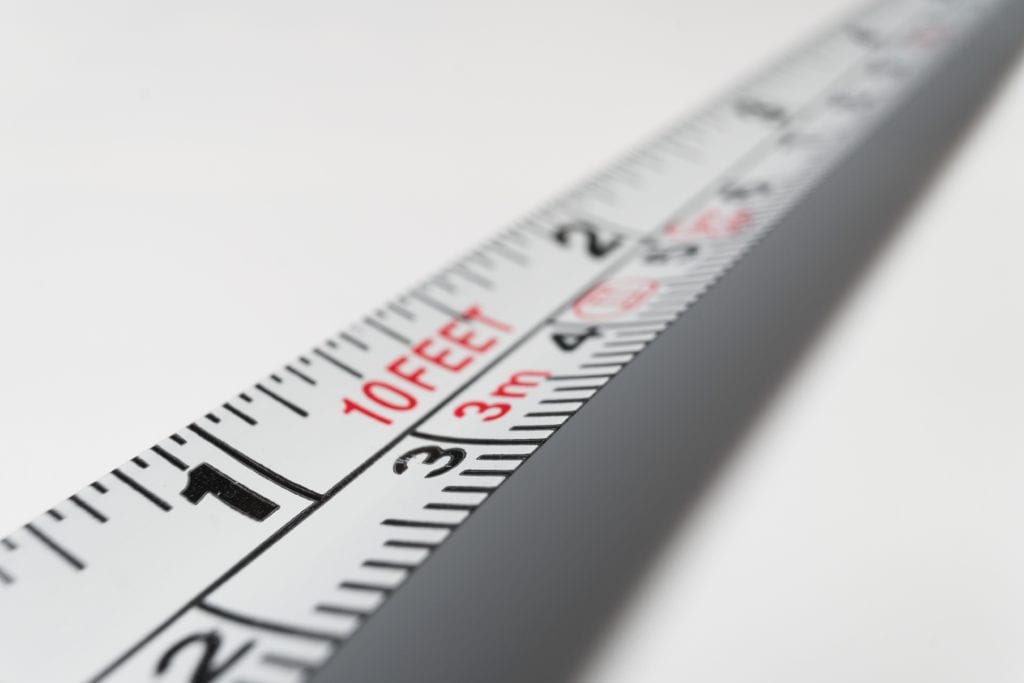Size
Size is the first step to picking the best guitar for your child. Guitars come in ½, ¾, and full sizes in classical, acoustic, and electric. ½ size guitars are little more than toys and have many issues with tuning. ¾ size guitars are much better with tuning, the build quality better, and is good for 3rd grade and under. Full size guitars are good for 4th grade and older in general. If your child is smaller a 3/4 size guitar may benefit them and you can always switch to a full size later on.
Things to watch out for: Since acoustics have a larger body, make sure that any classical or acoustic you buy is comfortable for your child to hold. Most electrics in any size should be easy to hold.
Winner: Depends
Left vs. Right
If your child is left handed or you are left handed, should you get a left handed guitar? My answer… No! First, guitar is one of the very few instruments where you have the option of getting one or the other. All other instruments, have a set pattern of which hand goes where and doesn’t really take into consideration a dominant hand. Second, learning on a left-handed guitar only limits the exposure to guitar that you will have. Most guitar are right-handed and that is most of the guitars you will come into contact with…so… if you learn left-handed chances are, you won’t be able to play that random guitar you found at your favorite vacation house or that guitar laying out at a party.
Winner: Right
Ease of play
Playability is also known as the action of the guitar. Action is the distance between the fretboard and the strings. Most beginning guitars have a higher action, which means they are a little more difficult to play, but lets take each style of guitar individually.
Classical- Nylon strings make the strings easier to press, but classical guitars are made with wider frets and may cause problems when playing chords.
Acoustic- Acoustic guitars have metal strings and Metal strings are slightly more difficult to press down, but the neck size is smaller and may make chords easier once your child is used to pressing down the strings.
Electrics- Electrics are by far the easiest to play in general. They have smaller metal strings than the acoustic and narrower fret boards. The action is also slightly better in general on electrics.
Winner: Electric
Portability
One thing that you will have to get used to is transporting your new instrument. A case is a good idea for any guitar that you choose and all cases have pockets to help with picks, music, and any other materials. Acoustic and classical guitars are slightly more portable since they don’t need an amp, but if you have room for the electric, an amp and headphones then you can play your electric without disturbing anyone else.
Winner: Acoustic/ Classical
The Future
By now you probably have an idea of which guitar you are leaning towards, but keep in mind you will most likely need to purchase another guitar eventually as your child progresses. Acoustics and electrics fit well with most any style of music interest your child will have. Classical guitars have a limited ability for songs that require strumming and bending and are better suited for fingerstyle guitarists. Having a guitar that has electronics, whether it be an acoustic electric or an electric may prolong the use of the guitar and keep you from having to purchase another guitar for a few years.
In the end pick the one the one that already peaks your child’s interest and may lead to a future of more guitars and many years of playing for family and friends.
Winner: Up to you
My Suggestion:
I tend to lean towards the electric because it’s cost effective, can be silent with headphones, it’s a comfortable size, and they tend to handle wear and tear a little better.
Final Thoughts
When buying any guitar, you get what you pay for and can always get a slightly better guitar if you are willing to spend more. A good beginner guitar can be purchased for a little over $100.
If you are purchasing an electric, you will need some way to amplify the guitar. Most beginner electrics are sold in packages that include an amp. One other option, if you have an ipad, that may get you a slightly better guitar and a slightly better sounding setup is to purchase a guitar and then purchase a cheap audio interface for the ipad. Once you plug your guitar in you can use Garage Band as your amp. I have included both packaged electrics and individual electrics below, as well as my preferred interface.


